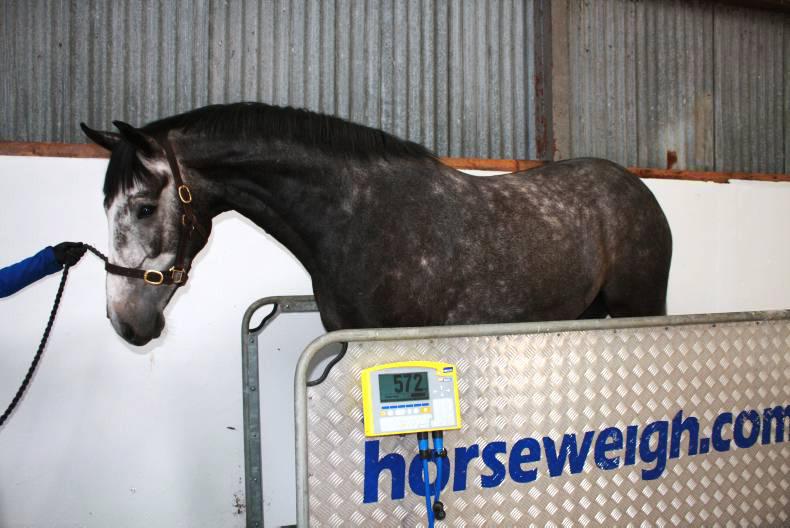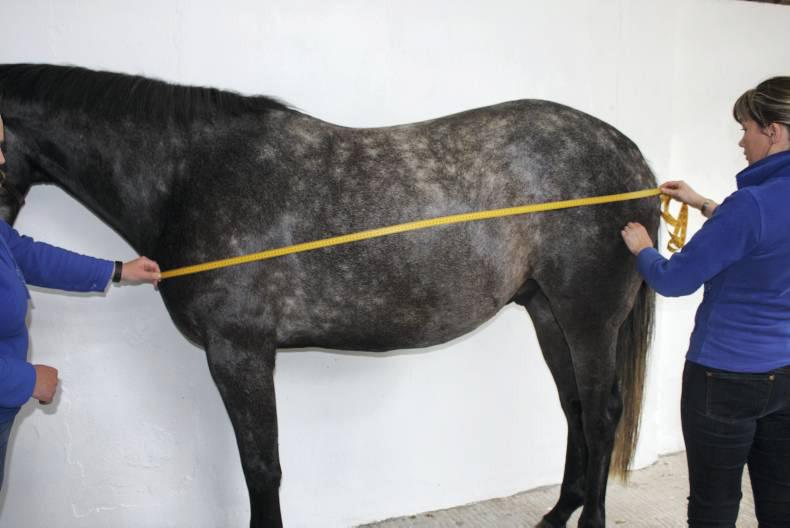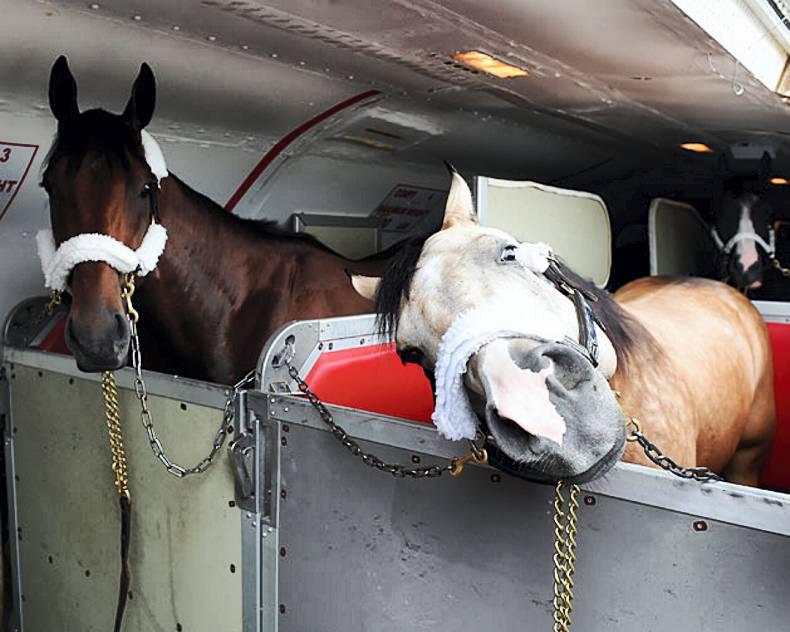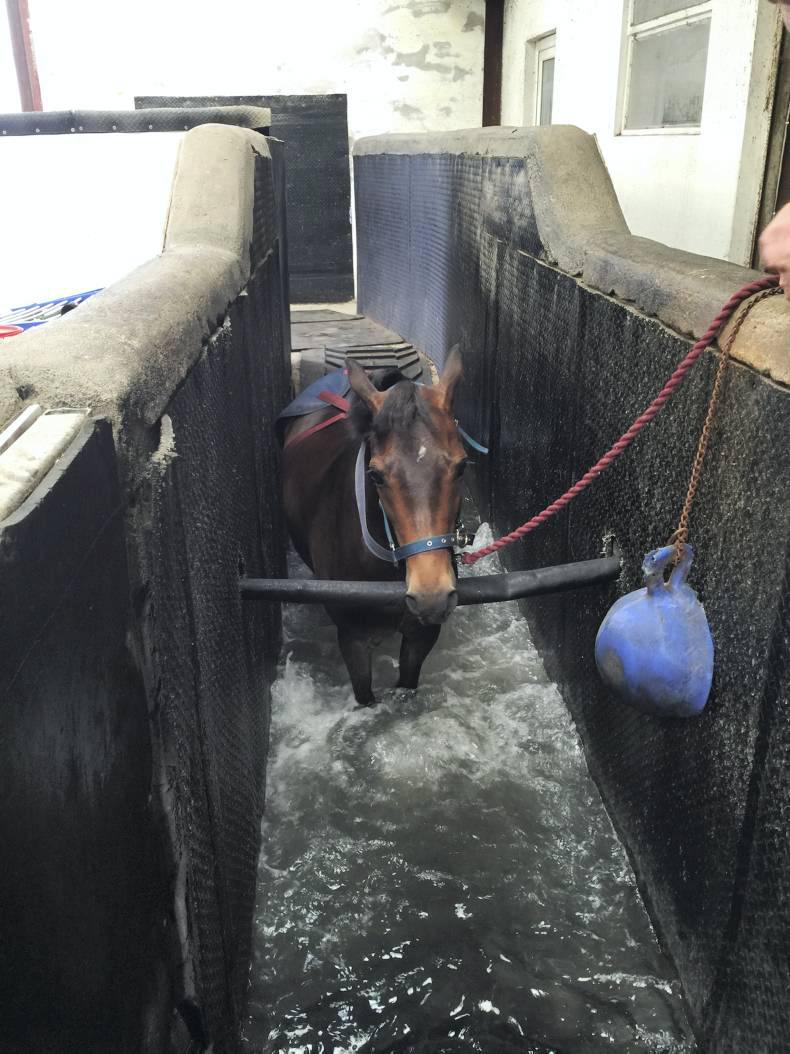AN accurate weight is vital for dietary formulation, drug dosage, analysis of peak competitive bodyweight and management of weight for welfare cases.
It is important for horse owners to be aware that actual bodyweight can only be determined by use of a calibrated weighbridge. However limited access to weighbridges has resulted in the development of a range of weight estimation techniques; including weigh tapes and weight estimation formulae.
When using weighbridges it is essential that horses are placed on the weigh platform with all four feet squarely on the bridge. The handler must ensure that they are not standing on the weigh platform or touching the side rails (if applicable) as this can influence the reading. It is important to note that a weighbridge is the only suitable method to use in pregnant mares and young stock. Weigh tapes and weight estimation formulae are not appropriate in these categories of animals as they are designed to evaluate the weight of mature horses and do not incorporate the weight of the developing foetus.
There is a wide range of weigh tapes on the market and these are a cost effective alternative. These can determine an estimated bodyweight for the animal. It is widely accepted that height specific tapes are more accurate. The tape should be placed using the correct side (over 14.2hh or under 14.2hh) around the horse’s heart girth (HG). The tape is placed at the lowest point of the horse’s withers and directly behind the elbow. The tape should be held snugly in place but should not create an indentation in the horse’s flesh. The handler should have the horse standing square, ensure their hand is not underneath the tape and the measurement should be taken on exhalation.
If neither a weighbridge nor tape is available an accurate estimation can still be gained. Several formulae exist which can be utilised with just a dressmaker’s tape. This is used to measure, in centimetres, the horse’s HG and length. The HG is measured in the same position as the weigh tape and the length is measured from point of shoulder to point of buttock. These two measurements are used in the formula to determine the weight in kilograms (kg). One of the most widely accepted of these formulae was developed by Carroll and Huntington (1988) and is shown by the accompanying illustration.
So while using a weighbridge is the best option for determination of horse weight the use of height specific weigh tapes or the Carroll and Huntington formula are a good alternative giving an accurate estimation, if correctly used.
Alison Morris is an equine lecturer at the College of Agriculture Food and Rural Enterprise in Enniskillen


 This is a subscriber-only article
This is a subscriber-only article
 It looks like you're browsing in private mode
It looks like you're browsing in private mode












SHARING OPTIONS: